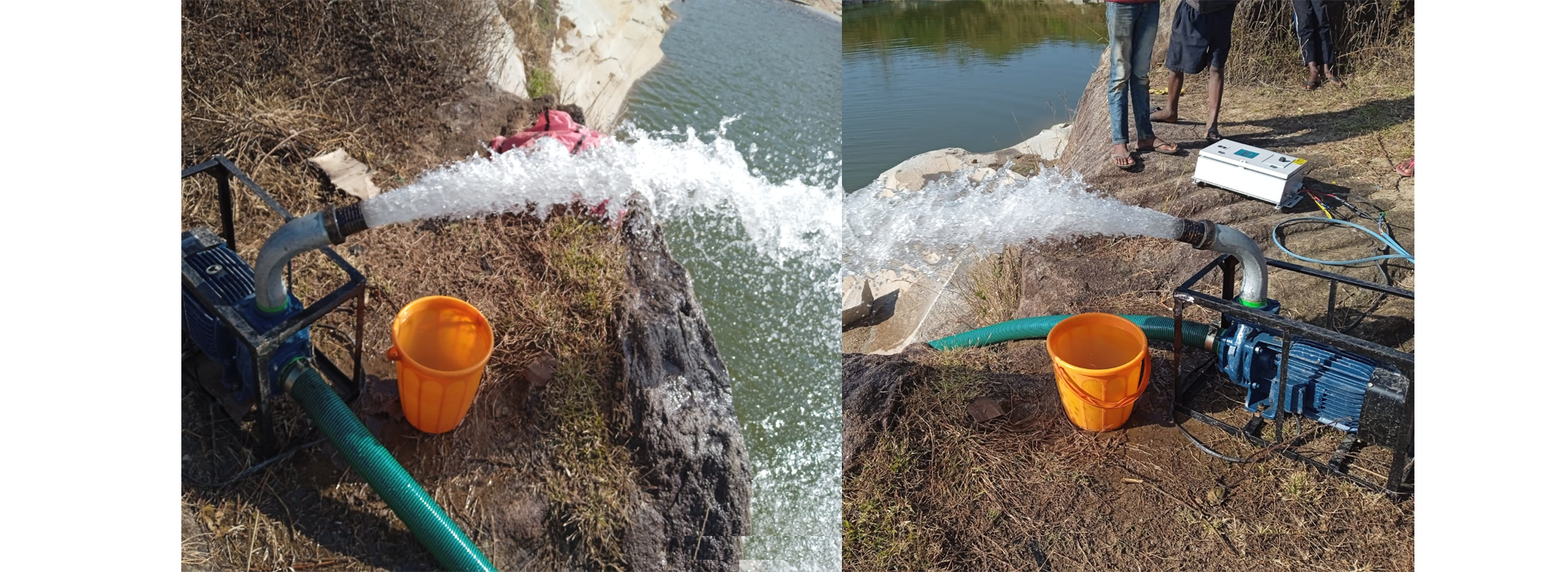Solar-powered agriculture irrigation is a sustainable and eco-friendly method of providing water to crops using solar energy. This approach utilizes solar panels to generate electricity, which then powers irrigation systems to water the fields. Solar-powered irrigation systems offer numerous benefits, especially in regions where access to reliable grid electricity or water sources is limited. Here's how solar-powered agriculture irrigation typically works: Solar Panels: Photovoltaic solar panels are installed in areas with ample sunlight exposure, such as on rooftops, ground-mounted structures, or even on specially designed solar tracking systems. These panels convert sunlight into direct current (DC) electricity. Solar Inverter and Controller: The DC electricity produced by the solar panels is sent through a solar inverter, which converts it into alternating current (AC) electricity suitable for running irrigation pumps. A controller manages the entire system and optimizes the pump's operation based on solar power availability and irrigation needs. Submersible or Surface Solar Pump: The solar-powered electricity is used to drive a submersible pump (if water is sourced from a well or borehole) or a surface pump (if water is available at the ground surface). These pumps draw water from a water source such as a well, river, lake, or reservoir. Water Storage: The water pumped from the water source can be directly supplied to the irrigation system or stored in a water storage tank for later use, especially during periods of low sunlight. Drip Irrigation or Sprinkler System: The water is then distributed to the crops through a drip irrigation system or sprinklers. Drip irrigation, in particular, is known for its water efficiency, as it delivers water directly to the plant roots, minimizing water wastage. Benefits of Solar-Powered Agriculture Irrigation: Sustainable and Renewable: Solar-powered irrigation relies on clean and renewable solar energy, reducing greenhouse gas emissions and environmental impact compared to traditional fossil fuel-based irrigation systems. Energy Independence: Solar-powered systems can operate independently of the grid, making them suitable for remote agricultural areas with limited access to electricity. Cost-Efficient: Once installed, solar-powered irrigation systems have minimal operating costs since sunlight is free, providing cost savings in the long term. Water Efficiency: Drip irrigation and efficient sprinkler systems ensure that water is used optimally, reducing water wastage and conserving this valuable resource. Increased Crop Yields: Regular and controlled irrigation can lead to increased crop yields and better farm productivity. Reduced Environmental Impact: By using solar energy instead of fossil fuels, the system contributes to reducing air and water pollution, benefiting both the environment and human health. Solar-powered agriculture irrigation systems play a significant role in sustainable agriculture practices, enabling farmers to improve water management, enhance crop productivity, and promote long-term environmental sustainability.



